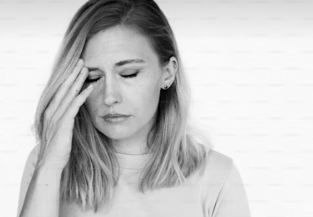Deep Vein Thrombosis Symptoms
Published on
08 May 2014

Call us on: (03) 9975 4133
When winter approaches we go into hibernation, so it's even more important to remember why to keep moving, writes physiotherapist Kate de Bruyn.
When winter approaches we go into hibernation, so it’s even more important to remember why to keep moving, writes physiotherapist Kate de Bruyn.
DVTs (Deep Vein Thrombosis) have a reputation of being associated with long haul flights, but we need to be careful with any long periods of immobilisation – like sitting on the couch at home.
Even high-level athletes like Andrew Gaze, Steve Waugh and Serena Williams have had DVTs. Andrew gaze suffered a rare upper limb DVT after painting, and was forced to take four months off basketball. Steve Waugh was lucky to recover more quickly from his leg DVT, and Serena Williams had a clot in her lung after having two lots of surgery on her foot.
The highest risk groups are people who smoke, are on the contraceptive pill, or have just had surgery or an injury to their body. If you have a family history of DVTs or have had a DVT in the past, you may also be at risk.
DVTs are caused by reduced blood flow through the vein, allowing your body to create a clot. They occur most commonly in the lower leg behind the knee or in the calf, but they can build up in the arm or in the lung.
Deep Vein Thrombosis symptoms are: throbbing ache at rest, swelling in one leg or arm but not the other; or the affected area may feel hot and red or painful to touch.
If you have any of these signs, see your GP. They can do a blood test or refer you to have an ultrasound to look at the veins.
If you have an injury and are out of action for a few weeks, it is best to see your physio so that they can talk you through getting back on track, with minimal rest time.


